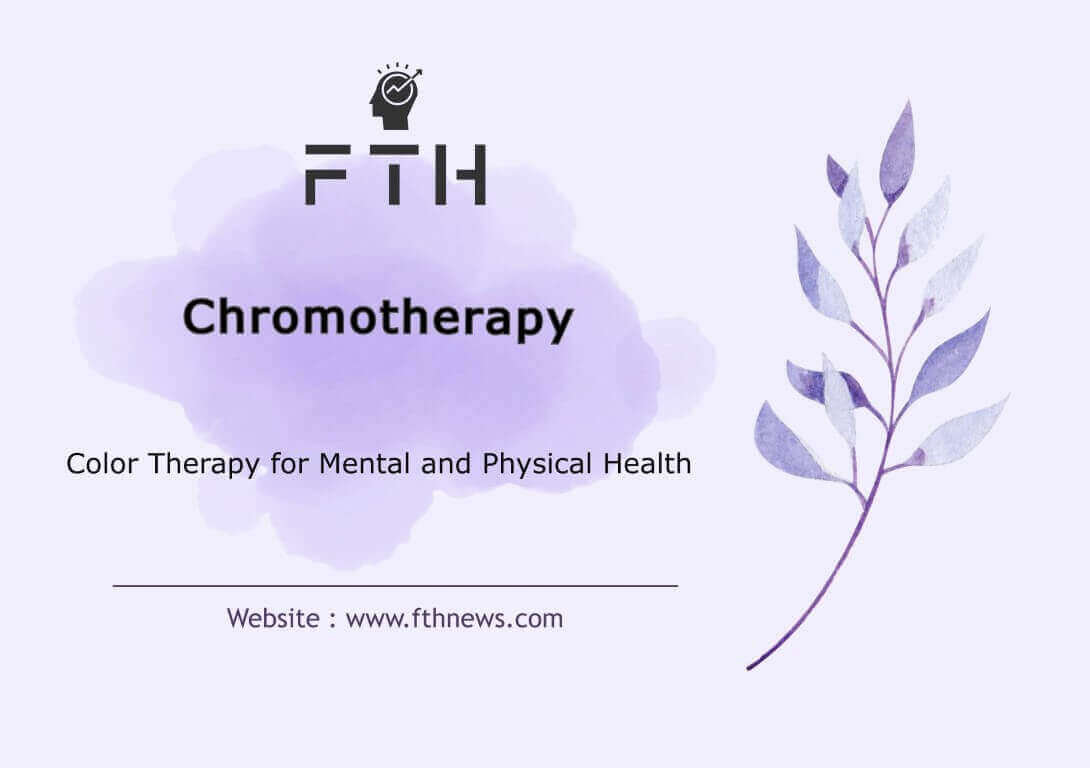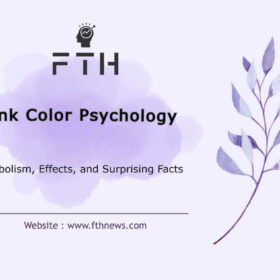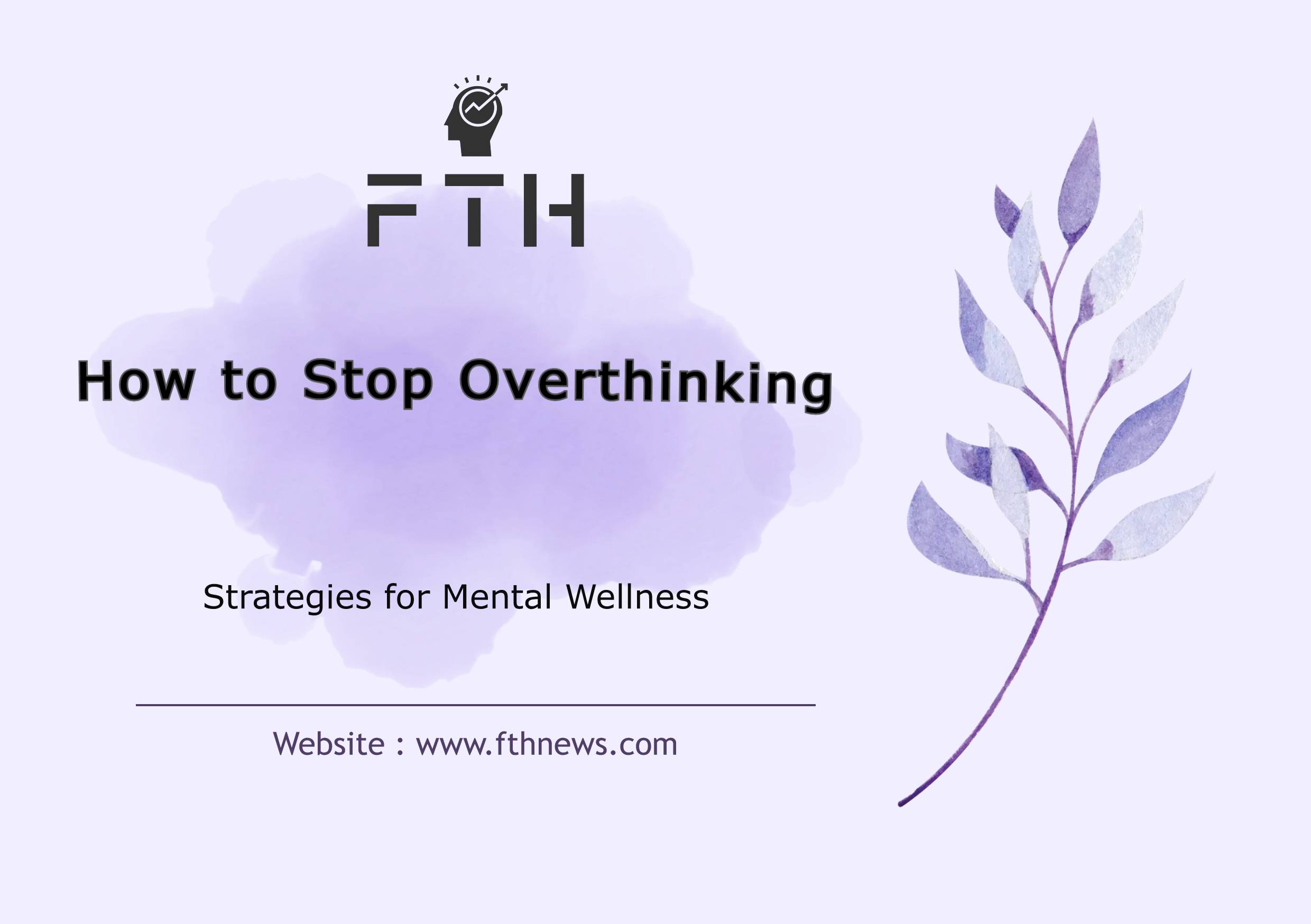
In a world constantly searching for new ways to improve health and well-being, chromotherapy, or color therapy, has emerged as a fascinating and non-invasive alternative treatment. Rooted in ancient practices, chromotherapy harnesses the power of colors to influence physical and mental health. But how effective is it? Can colors truly heal and rejuvenate us?
In this blog post, we will explore the science behind chromotherapy, its potential benefits, and the possible disadvantages you should be aware of. Whether you’re looking to enhance your mood, relieve pain, or simply understand more about this intriguing practice, we’ve got you covered. Read on to discover how the vibrant world of color can impact your life in ways you might not have imagined.
What is Chromotherapy?
Chromotherapy, also known as color therapy, is a holistic healing modality that utilizes the visible spectrum of colors to promote physical and emotional well-being. This alternative therapy is based on the idea that different colors can influence our body’s energy and emotional state, potentially aiding in the treatment of various ailments.
History of Chromotherapy
The use of color for healing dates back to ancient civilizations. The Egyptians, Greeks, and Chinese all practiced forms of chromotherapy, recognizing the therapeutic properties of different colors. In ancient Egypt, solariums constructed with colored glass were used to treat various ailments. Egyptians believed in the power of light and used it for healing purposes, underscoring the long-standing significance of chromotherapy.
In ancient Greece, color and light were integral to healing temples, where patients were treated with sunlight filtered through colored panels. The Chinese also incorporated color in their traditional medicine, using it to balance the body’s energy and treat diseases.
Over time, the principles of chromotherapy evolved, leading to modern applications in light therapy and alternative medicine. Despite skepticism from some in the medical community, many people continue to explore and benefit from the healing potential of colors.
Benefits of Chromotherapy
Chromotherapy is praised for its potential benefits, including:
Mood Enhancement
Colors like blue and green can create a calming effect, reducing anxiety and stress. Blue, with its soothing properties, can help in lowering stress levels and promoting a sense of peace, while green’s harmonizing effects can provide emotional balance and tranquility.
Pain Relief
Red and orange are believed to stimulate the body’s healing processes, potentially aiding in pain relief. Red light therapy is often used to accelerate wound healing and reduce inflammation, while orange can alleviate muscle cramps and improve respiratory conditions.
Increased Energy Levels
Bright colors like yellow and red can invigorate and energize, helping to combat fatigue. Yellow can enhance mental clarity and uplift mood, whereas red can boost physical energy and combat lethargy.
Emotional Balance
Regular exposure to certain colors can help balance emotions and improve overall mental health. For instance, pink can reduce anger and promote creativity, while violet can enhance spiritual awareness and mental stability.
Benefits of Different Colors in Chromotherapy
Chromotherapy leverages the unique properties of colors to promote healing and well-being. Each color has distinct benefits that can influence both physical and mental health. Here’s a detailed look at how different colors are used in chromotherapy:
Red Color Therapy
- Stimulates Nerves and Blood Circulation: Red increases the flow of blood and enhances nerve activity, providing energy and warmth.
- Overcomes Fatigue, Lethargy, and Chronic Depression: The stimulating nature of red can combat feelings of tiredness and boost mood.
- Effective in Quick Healing of Wounds and Relieving Headaches: Red light therapy is known for its ability to speed up the healing process and alleviate pain.
- Increases Blood Pressure: Due to its stimulating effect, red can help elevate low blood pressure.
Foods to Eat: Beets, cherries, red berries, black plums, radishes, red peppers.
Orange Color Therapy
- Strengthens the Lungs, Pancreas, and Spleen: Orange supports respiratory and digestive health.
- Relieves Muscle Cramps and Improves Asthma and Bronchitis: The warming effect of orange can help relieve muscle tension and improve respiratory conditions.
- Enhances Appetite: Orange stimulates the appetite and is beneficial for those needing to increase their food intake.
Foods to Eat: Apricots, mangoes, peaches, orange cantaloupe, carrots, oranges, tangerines, orange peppers.
Purple Color Therapy
- Soothes Nerves and Is Good for Spiritual Matters: Purple has a calming effect on the nervous system and is often used in spiritual practices.
- Increases Mental Talents and Sixth Sense: This color is believed to enhance intuition and creativity.
- Helps Treat Mental and Nervous Diseases, Rheumatism, and Kidney Diseases: Purple can help alleviate symptoms associated with these conditions.
Foods to Eat: Eggplant, purple grapes, purple cabbage.
Yellow Color Therapy
- Stimulates Intelligence and Improves Mood: Yellow can boost mental activity and enhance mood.
- Helps Remove Waste from the Liver and Cleans the Intestines: Yellow supports digestive health and detoxification.
- Good for Skin Problems, Liver Diseases, and Constipation: It can aid in the treatment of various skin conditions and digestive issues.
Foods to Eat: Lemon, banana, grapefruit, pineapple, sweet corn, yellow pepper.
Green Color Therapy
- Soothes and Creates a Sense of Vitality: Green is calming and rejuvenating, promoting overall well-being.
- Calms Blood Pressure and Heart, Relieves Headaches and Flu: Green helps stabilize blood pressure and heart rate, and its soothing effect can alleviate headaches and flu symptoms.
Foods to Eat: Cabbage, greens, spinach, broccoli, cucumber.
Pink Color Therapy
- Increases Creativity and Reduces Anger: Pink is gentle and soothing, promoting creativity and reducing feelings of anger.
- Helps Cure Insomnia: The calming effect of pink can improve sleep quality.
Foods to Eat: Pomegranate, strawberry, watermelon.
Blue Color Therapy
- Relaxing, Brings Mental Peace, and Is Astringent: Blue has a calming and cooling effect, promoting mental peace.
- Improves Throat Problems, Inflammations, Muscle Cramps, and Headaches: Blue is effective in reducing inflammation and soothing muscles.
- Disinfectant and Cooling: Blue’s cooling properties can help in treating infections and fevers.
Foods to Eat: Blueberry, blackberry, blue plum, grape.
How Chromotherapy Works
Chromotherapy can be administered in various ways, each utilizing the unique properties of colors to influence physical and mental health. These methods leverage the specific wavelengths and frequencies of colors to resonate with different parts of the body.
Light Therapy
Light therapy involves the use of colored lights directed at specific areas of the body. This method is particularly effective for treating Seasonal Affective Disorder (SAD) and other mood disorders. The exposure to certain colors of light can help regulate mood, improve sleep patterns, and alleviate symptoms of depression and anxiety. For example, blue light is often used to calm and relax, while red light can energize and stimulate the body.
Colored Glasses
Wearing glasses with colored lenses can influence one’s mood and energy levels throughout the day. This method is simple yet effective, as the eyes absorb the color frequencies, which then influence the body’s energy and emotional state. Different colored lenses can be worn depending on the desired effect, such as yellow for increased mental clarity and creativity or green for a calming effect.
Color Bathing
Color bathing involves immersing oneself in water that has been colored with dyes or illuminated with colored lights. This method allows the skin to absorb the color’s frequencies, promoting physical and emotional well-being. Color baths can be customized with different hues to address specific health issues or to create a desired mood. For example, a blue bath can help relax and soothe, while an orange bath can invigorate and energize.
Visualization and Meditation
Guided meditations that focus on specific colors can help balance the body’s energy centers, also known as chakras. Visualization techniques involve imagining being surrounded by or infused with a particular color, which can help to harmonize and align the body’s energies. This method is often used in conjunction with other forms of meditation to enhance the therapeutic effects of color.
Methods of Using Color Therapy
Color therapy utilizes the frequency of colors through two primary methods:
Effect Through Vision
The easiest way to benefit from colors is to see them and focus your eyes on them. When you look at a color for a few minutes, your eyes receive its frequency and healing effects. Each color has a unique impact:
- Green: Provides a sense of security and balance.
- Orange: Induces feelings of joy and enthusiasm.
- Red: Stimulates excitement and energy.
The effect of colors can vary among individuals. For instance, someone with anxiety might benefit from blue’s calming properties, whereas blue might not be suitable for someone experiencing depression, who may need the uplifting effects of yellow or orange instead.
Shining Light on the Skin
Each color has a different wavelength that can be used to treat various health issues. Expert therapists use devices equipped with high-powered lamps (often more than 500 watts) to direct the appropriate wavelength to the targeted body parts. This method is particularly effective for physical ailments, such as skin conditions or muscle pain, as the light penetrates the skin and stimulates the body’s healing processes.
Incorporating Chromotherapy into Daily Life
You don’t need to visit a professional to benefit from chromotherapy. Here are simple ways to incorporate it into your daily life:
Home Décor
Use different colors in your living space to create desired atmospheres. For example:
- Blue Bedrooms: Promote relaxation and improve sleep quality.
- Yellow Kitchens: Enhance energy and stimulate appetite.
- Green Living Rooms: Create a calming and refreshing environment.
- Orange Study Rooms: Boost creativity and enthusiasm.
Clothing
Wear colors that correspond to the energy you need. For example:
- Red: For confidence and energy during important meetings or events.
- Blue: To stay calm and composed in stressful situations.
- Yellow: To stimulate creativity and enhance mood.
- Green: For balance and tranquility on a hectic day.
Meditation Practices
Include color visualizations in your meditation routine to enhance the experience. Visualizing specific colors can help balance your chakras and improve mental well-being. For example:
- Visualizing Blue: During meditation to promote calmness and peace.
- Visualizing Green: To harmonize emotions and encourage healing.
- Visualizing Yellow: To stimulate mental clarity and joy.
Food Choices
Incorporate color therapy through your diet by eating foods that reflect the colors you need for specific benefits:
- Red Foods: Beets, cherries, red berries for energy and vitality.
- Orange Foods: Apricots, mangoes, carrots for respiratory and digestive health.
- Yellow Foods: Lemons, bananas, sweet corn for mood enhancement and skin health.
- Green Foods: Spinach, broccoli, cucumbers for relaxation and overall well-being.
- Purple Foods: Eggplant, purple grapes for mental clarity and spiritual connection.
- Blue Foods: Blueberries, blackberries for relaxation and infection control.
Lighting
Use colored lighting in your home or workspace to create the desired effects:
- Soft Blue Lights: In your bedroom to aid in relaxation and better sleep.
- Bright Yellow Lights: In your workspace to boost energy and focus.
- Green Lights: In common areas to promote calmness and balance.
Conclusion
Chromotherapy offers a unique and non-invasive way to promote physical and emotional well-being. Whether you are looking to reduce stress, boost energy, or find emotional balance, the power of color can be a valuable addition to your wellness toolkit. As more people seek holistic approaches to health, chromotherapy continues to gain popularity as a simple yet effective healing method.














